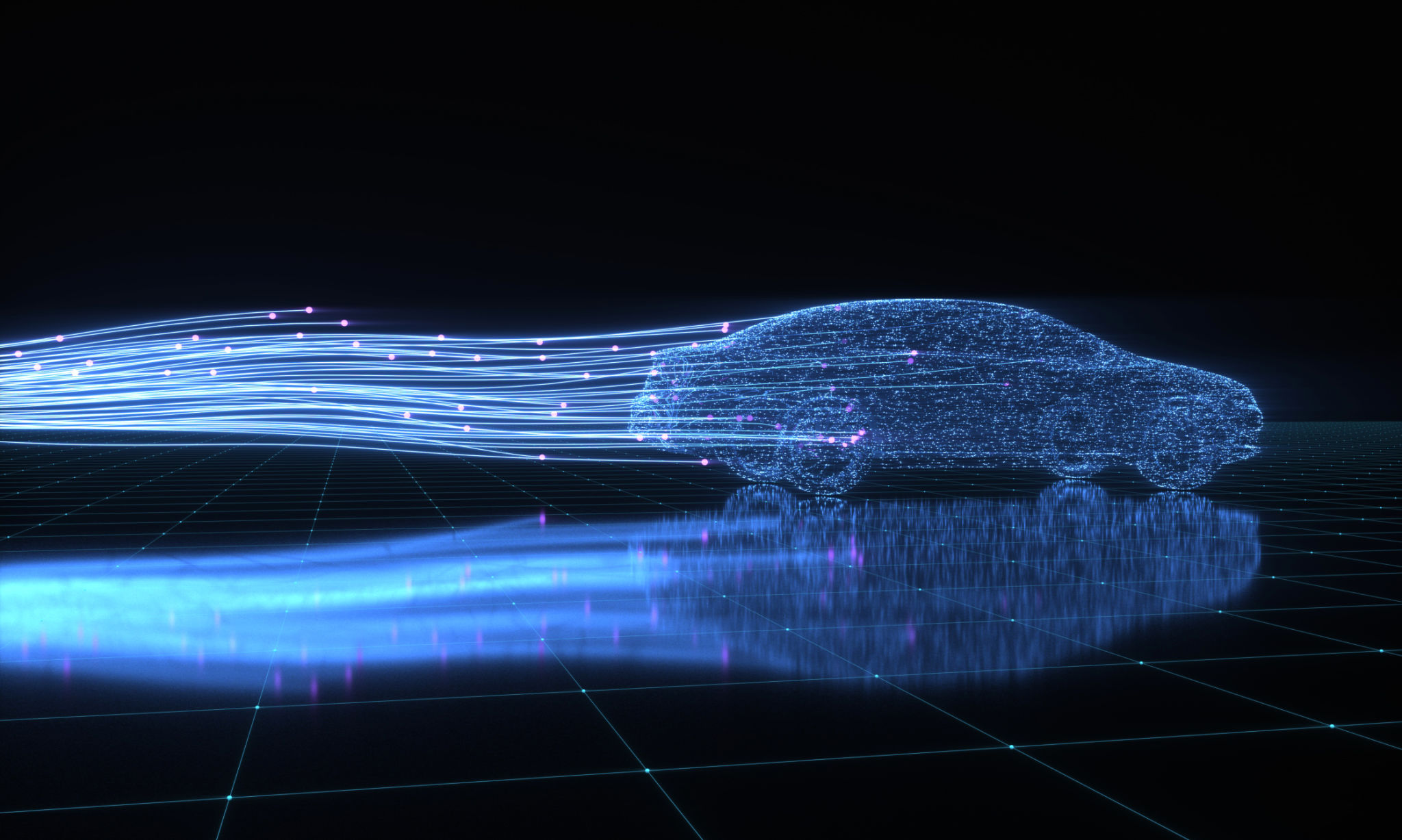The Future of Transport Networks: Trends and Innovations
Introduction to Modern Transport Networks
The world of transport networks is on the cusp of a major transformation, driven by technological advancements and evolving societal needs. From hyperloop systems to autonomous vehicles, the future promises a dynamic shift in how we perceive and utilize transport. Understanding these trends and innovations is crucial for businesses, policymakers, and commuters alike.
With urbanization on the rise, traditional transport systems are often overwhelmed, leading to congestion and pollution. Innovative transport solutions are emerging to tackle these challenges, offering more efficient, sustainable, and user-friendly options.

Smart Transportation Systems
One of the most significant trends in transport networks is the development of smart transportation systems. These systems leverage technologies like IoT, AI, and big data to optimize traffic flow, reduce congestion, and enhance safety. Cities worldwide are investing in smart infrastructure to create interconnected networks that communicate in real-time.
For instance, traffic signals can adjust their timing based on current traffic conditions, while smart parking solutions guide drivers to available spaces, reducing the time spent searching for parking and minimizing emissions.

Connected and Autonomous Vehicles
The rise of connected and autonomous vehicles (CAVs) marks a profound shift in transportation. These vehicles are equipped with sensors and communication technologies that allow them to interact with each other and their surroundings. The potential benefits include improved road safety, reduced human error, and enhanced traffic management.
As CAV technology continues to mature, we can expect a significant reduction in traffic accidents and a more efficient use of road space. However, widespread adoption also presents challenges, such as regulatory hurdles and cybersecurity concerns.

Electrification of Transport
Another trend reshaping transport networks is the electrification of vehicles. Electric vehicles (EVs) are becoming increasingly popular due to their environmental benefits and advances in battery technology. Governments are incentivizing EV adoption through tax breaks and the development of charging infrastructure.
The transition to electric power is not limited to personal vehicles. Public transport systems, including buses and trains, are also embracing electrification to reduce their carbon footprint and operational costs.

Hyperloop and High-Speed Rail
Hyperloop technology promises to revolutionize long-distance travel by offering speeds comparable to aircraft but with the efficiency of rail systems. This emerging mode of transport utilizes magnetic levitation in low-pressure tubes to achieve unprecedented speeds.
High-speed rail networks are also expanding globally, providing faster and more sustainable alternatives to air travel for certain routes. These systems are particularly beneficial in densely populated regions where reducing travel time is critical.

The Role of Public Policy
Public policy plays a vital role in shaping the future of transport networks. Governments must balance innovation with regulation, ensuring safety while encouraging technological advancements. Policies that support sustainable practices and infrastructure investments are crucial for the seamless integration of new technologies.
Collaboration between public and private sectors is essential to develop comprehensive strategies that address urban mobility challenges and promote smart, sustainable growth.

Conclusion
The future of transport networks is undoubtedly exciting, with numerous opportunities for innovation and improvement. Embracing these trends will not only enhance mobility but also contribute to more sustainable and livable urban environments. As we move forward, it is imperative to stay informed about these developments and participate actively in shaping the future of transportation.
